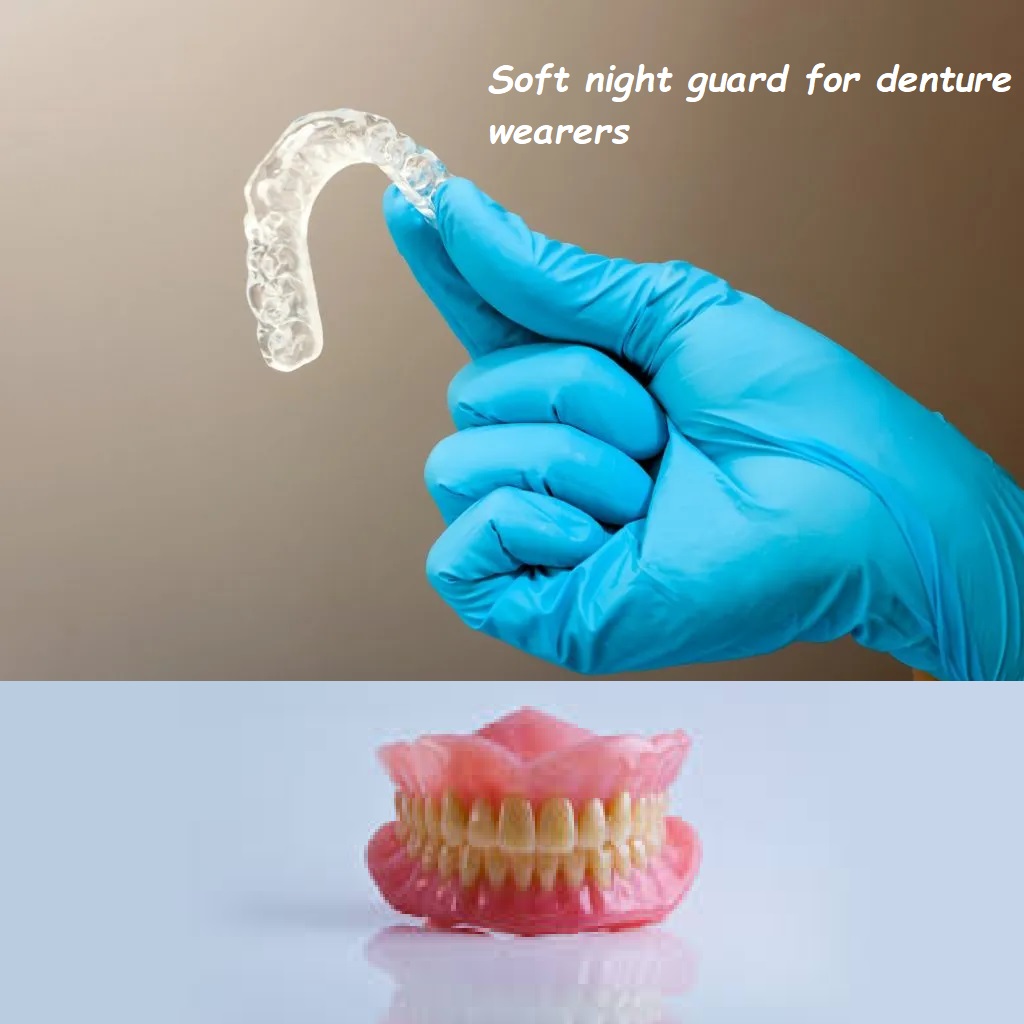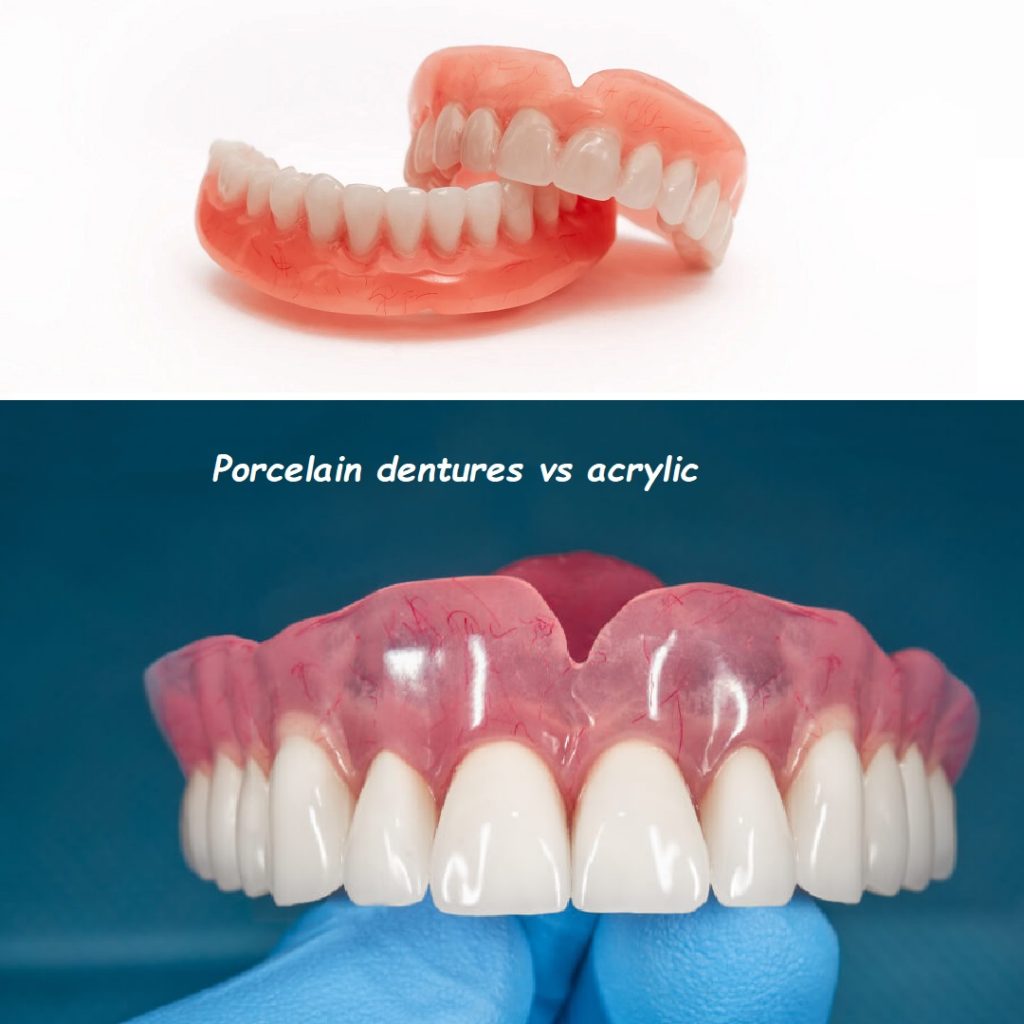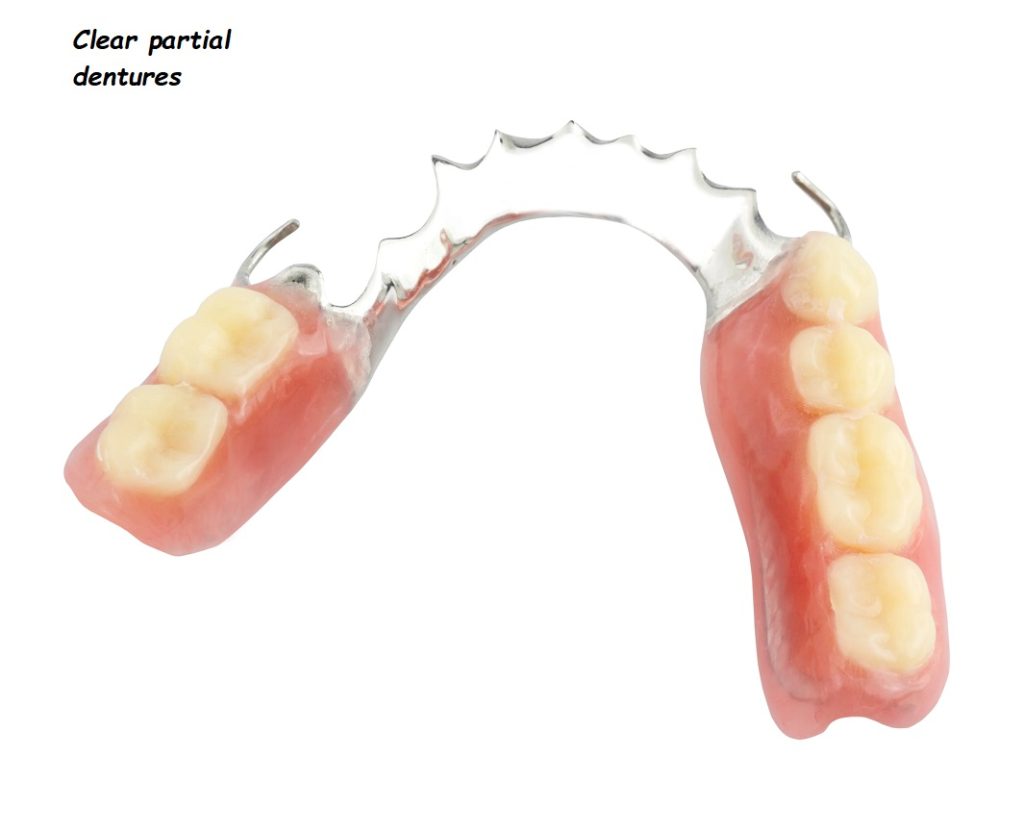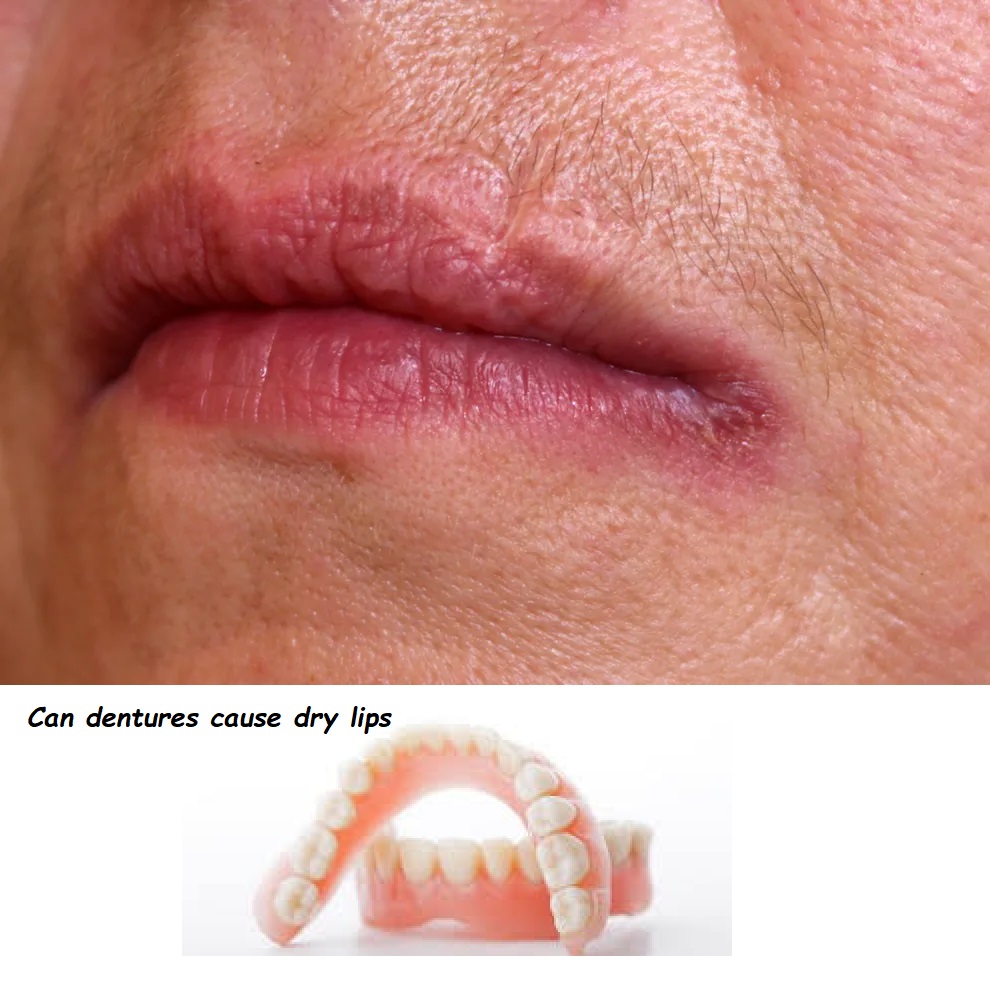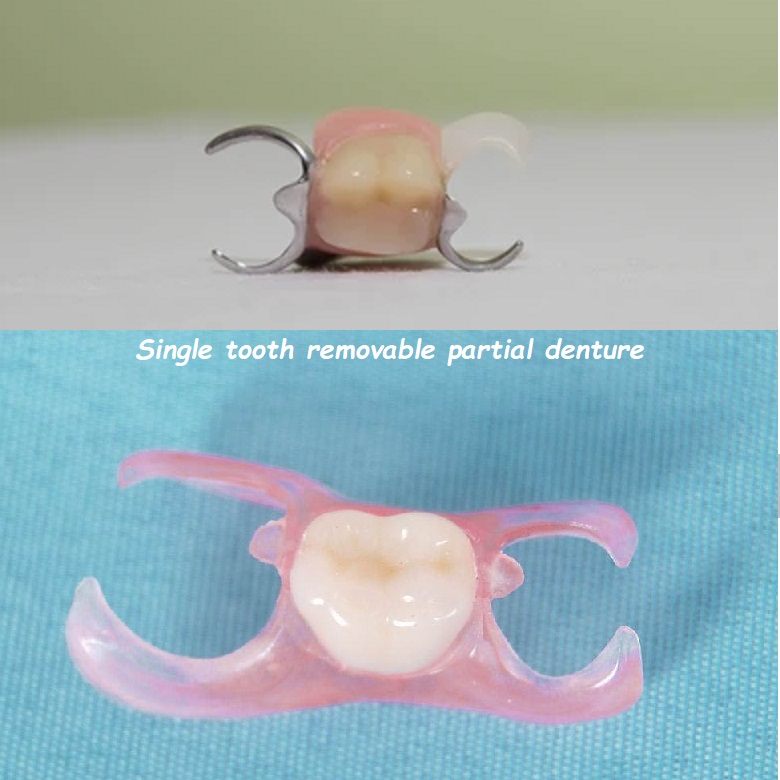Denture stabilizer

Denture stabilizers play a crucial role in ensuring the comfort and functionality of dentures. For many people, dentures are essential for restoring their ability to chew, speak, and smile confidently. However, maintaining their stability can be challenging. This is where denture stabilizers come in, providing a reliable solution to keep dentures securely in place. In this comprehensive guide, we will explore the various aspects of denture stabilizers, including their types, benefits, application methods, and maintenance tips. By the end, you will have a thorough understanding of how denture stabilizers can improve your overall denture-wearing experience.
What Are Denture Stabilizers?
Definition and Purpose
Denture stabilizers, also known as denture adhesives or denture fixatives, are products designed to enhance the retention and stability of dentures. They work by creating a bond between the dentures and the gums, preventing movement and reducing discomfort. Denture stabilizers come in various forms, including creams, powders, strips, and pads, each offering different levels of hold and convenience.
Importance of Stable Dentures
Stable dentures are essential for several reasons:
- Comfort: Loose dentures can cause irritation, sores, and discomfort in the mouth.
- Functionality: Stable dentures improve the ability to chew and speak effectively.
- Confidence: Secure dentures enhance self-confidence, allowing wearers to smile and interact without fear of embarrassment.
- Oral Health: Properly fitting dentures reduce the risk of gum irritation and infections.
Types of Denture Stabilizers
Creams
Denture adhesive creams are the most commonly used type of stabilizer. They provide a strong bond and are easy to apply. The cream is spread evenly on the denture’s surface, creating a thin layer that adheres to the gums.
Powders
Denture adhesive powders offer a different method of application. The powder is sprinkled onto the wet denture, forming a thin layer that bonds with the gums when the denture is placed in the mouth. Powders are often preferred for their lightweight feel and ease of use.
Strips and Pads
Denture adhesive strips and pads are pre-cut pieces of adhesive material that can be placed directly onto the denture. They are particularly convenient for those who prefer a mess-free application. These products offer a consistent and even distribution of adhesive.
Cushions and Liners
Denture cushions and liners provide an additional layer of comfort and stability. They are particularly useful for those with sensitive gums or irregular gum surfaces. Cushions and liners are typically made from soft, pliable materials that conform to the shape of the gums, offering a snug fit.
Benefits of Using Denture Stabilizers
Enhanced Stability
The primary benefit of denture stabilizers is the enhanced stability they provide. By securing the dentures in place, they prevent slipping and movement, allowing for a more comfortable and confident experience.
Improved Chewing and Speaking
Stable dentures improve the ability to chew and speak effectively. This is especially important for enjoying a varied diet and maintaining proper nutrition. It also helps in clear articulation, which can be a significant confidence booster in social interactions.
Increased Comfort
Denture stabilizers reduce the friction and irritation that can occur with loose dentures. They create a protective barrier between the dentures and the gums, preventing sores and discomfort.
Boosted Confidence
Knowing that your dentures are securely in place can significantly boost your self-confidence. You can smile, laugh, and engage in conversations without the worry of your dentures slipping or causing embarrassment.
Protection Against Food Particles
Denture stabilizers create a seal that helps prevent food particles from getting trapped under the dentures. This reduces the risk of irritation and infections, contributing to better oral health.
How to Choose the Right Denture Stabilizer
Assessing Your Needs
Choosing the right denture stabilizer depends on your specific needs and preferences. Consider factors such as the level of hold required, comfort, ease of application, and any sensitivities or allergies you may have.
Consulting with a Dental Professional
A dental professional can provide valuable guidance in selecting the right denture stabilizer. They can assess the fit of your dentures, evaluate your oral health, and recommend the best products for your situation.
Trying Different Types
It may take some experimentation to find the denture stabilizer that works best for you. Trying different types, such as creams, powders, or strips, can help you determine which one offers the best combination of stability, comfort, and convenience.
How to Apply Denture Stabilizers
Applying Denture Adhesive Cream
- Clean and Dry: Ensure that your dentures are clean and dry before applying the adhesive.
- Apply a Small Amount: Squeeze a small amount of cream onto the denture in thin, even lines or dots.
- Distribute Evenly: Spread the cream evenly over the surface of the denture.
- Place Dentures: Insert the dentures into your mouth and press them firmly in place.
- Hold in Place: Hold the dentures in place for a few seconds to ensure a secure bond.
Applying Denture Adhesive Powder
- Wet the Denture: Lightly moisten the denture with water.
- Sprinkle the Powder: Sprinkle a thin, even layer of powder over the entire surface of the denture.
- Shake Off Excess: Shake off any excess powder to avoid clumping.
- Place Dentures: Insert the dentures into your mouth and press them firmly in place.
Applying Denture Adhesive Strips
- Clean and Dry: Ensure that your dentures are clean and dry before applying the strips.
- Remove the Strip: Remove the adhesive strip from its packaging.
- Place the Strip: Place the strip onto the denture, ensuring it covers the entire surface.
- Press Firmly: Press the strip firmly onto the denture to ensure it adheres properly.
- Place Dentures: Insert the dentures into your mouth and press them firmly in place.
Maintaining and Removing Denture Stabilizers
Daily Cleaning Routine
- Remove Dentures: Carefully remove your dentures at the end of the day.
- Rinse Thoroughly: Rinse your dentures under warm water to remove any remaining adhesive.
- Brush Gently: Use a soft toothbrush and non-abrasive denture cleaner to gently brush the dentures.
- Soak Overnight: Soak your dentures in a denture cleaning solution overnight to keep them fresh and clean.
Removing Denture Adhesive Residue
- Rinse with Warm Water: Rinse your mouth and dentures with warm water to soften the adhesive.
- Brush Gently: Use a soft toothbrush to gently brush away any adhesive residue from your gums and dentures.
- Use Denture Adhesive Remover: If necessary, use a denture adhesive remover to thoroughly clean your dentures.
Regular Dental Check-Ups
Regular dental check-ups are essential to ensure the proper fit and function of your dentures. Your dentist can assess the condition of your dentures, provide adjustments if needed, and recommend any necessary changes to your denture care routine.
Common Issues with Denture Stabilizers and How to Address Them
Adhesive Not Holding
If your denture adhesive is not providing enough hold, try the following tips:
- Use the Right Amount: Ensure you are using the correct amount of adhesive. Too much or too little can affect the hold.
- Clean and Dry: Make sure your dentures are clean and dry before applying the adhesive.
- Check Fit: Ensure that your dentures fit properly. Ill-fitting dentures may require adjustment or relining.
- Consult a Professional: If you continue to experience issues, consult your dentist for further evaluation and recommendations.
Adhesive Causing Irritation
If the adhesive is causing irritation or discomfort, consider these solutions:
- Try a Different Product: Experiment with different types of adhesives to find one that is more comfortable for you.
- Use Less Adhesive: Using less adhesive can reduce irritation. Apply a thin, even layer and avoid overuse.
- Check for Allergies: Ensure you are not allergic to any ingredients in the adhesive. If you suspect an allergy, switch to a hypoallergenic product.
- Consult a Professional: If irritation persists, consult your dentist for advice and possible alternatives.
Difficulty Removing Adhesive Residue
If you are having trouble removing adhesive residue, try the following tips:
- Warm Water Rinse: Rinse your mouth and dentures with warm water to soften the adhesive.
- Brush Gently: Use a soft toothbrush to gently brush away the residue.
- Use Denture Adhesive Remover: Consider using a denture adhesive remover for thorough cleaning.
- Soak Overnight: Soak your dentures overnight in a denture cleaning solution to help remove any remaining adhesive.
The Future of Denture Stabilizers
Advances in Material Science
Advances in material science are leading to the development of more effective and comfortable denture stabilizers. New materials are being formulated to provide stronger hold, increased comfort, and reduced irritation.
Digital Dentistry
Digital dentistry is revolutionizing the way dentures and denture stabilizers are designed and manufactured. Digital impressions and 3D printing allow for more precise and customized dentures, improving fit and comfort.
Smart Dentures
The future may see the development of smart dentures with built-in sensors to monitor oral health. These dentures could provide real-time feedback on fit, pressure points, and overall oral health, ensuring optimal comfort and functionality.
Personalized Solutions
Personalized solutions are becoming more accessible, allowing for tailored approaches to denture stabilization. Customized denture stabilizers that cater to individual needs and preferences are likely to become more common.
FAQs About Denture Stabilizers
What are denture stabilizers made of?
Denture stabilizers are typically made from a variety of materials, including adhesives, polymers, and soft liners. The specific composition depends on the type of stabilizer.
How often should I apply denture stabilizers?
The frequency of application depends on the type of stabilizer and your individual needs. Some products may require daily application, while others may last several days. Follow the manufacturer’s instructions and consult your dentist for personalized advice.
Can I use denture stabilizers with partial dentures?
Yes, denture stabilizers can be used with both full and partial dentures. They help improve the retention and stability of partial dentures, just as they do with full dentures.
Are there any side effects of using denture stabilizers?
Some people may experience irritation, allergic reactions, or difficulty removing adhesive residue. If you experience any adverse effects, discontinue use and consult your dentist for alternative solutions.
How do I know if I need denture stabilizers?
If you experience loose dentures, discomfort, difficulty chewing or speaking, or irritation from food particles getting trapped under your dentures, you may benefit from denture stabilizers. Consult your dentist for a thorough evaluation and recommendation.
Conclusion
Denture stabilizers are essential for ensuring the comfort, functionality, and stability of dentures. By understanding the different types of stabilizers, their benefits, and how to use and maintain them properly, you can significantly enhance your denture-wearing experience. Advances in material science and digital dentistry are paving the way for even more effective and personalized solutions. Whether you are new to dentures or looking to improve your current denture experience, this comprehensive guide provides valuable insights to help you make informed decisions and achieve optimal oral health.


